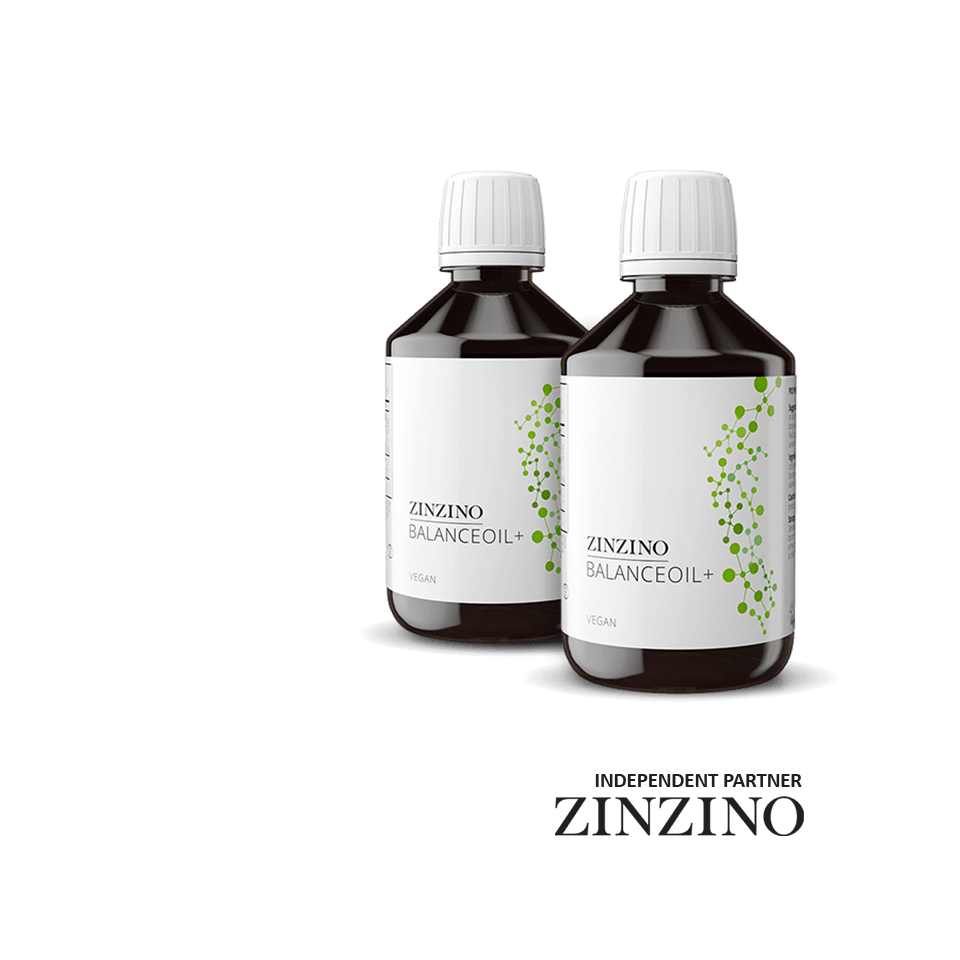Menopause is a time in a women’s life around the age of 50 which marks the end of her reproductive period. Unfortunately, this milestone is not as simple as stepping through a doorway, arms raised in triumph to say, “I’ve accomplished this!” Instead, it is a tumultuous time of dealing with multiple symptoms which are disruptive to a woman’s daily life. What makes it a bit worse, is that there is no cookie cutter experience. It’s something like a fingerprint, every woman can have some or all of the symptoms for years, and at varying degrees of severity.
So, how can Cannabidiol (CBD) alleviate the havoc caused by this natural process? The best way to answer this question, is to first be introduced to the neurotransmitter Anandamide (AEA) and the Endocannabinoid System (ECS). The ECS is a network of cells covered with receptors throughout the body; in the brain, organs, connective tissue, glands and immune cells. These receptors are designed to produce a chemical process that restores our internal systems to a state of balance (homeostasis). In other words, the ECS is always helping us respond to internal and external stimuli like stress, hunger, pain, coping and anxiety.
Anandamide (AEA) is an essential endocannabinoid, nicknamed the “bliss” molecule because it moderates many of the functions associated with happiness and mental stability. Coincidentally, these are also related to the symptoms of menopause, including moodiness, pain, memory and sedation, to name just a few. Everyday examples of AEA at work in our bodies are; the relaxation felt after meditating, the “runners high” after strenuous exercise, or the calming effect of mother’s milk on infants.
When the ECS is out of equilibrium our bodies respond with symptoms like pain, anxiety, lack of sleep and the like. In response to this, the endocannabinoid AEA is naturally produced to restore normalcy, but there can be a snag. The presence of Fatty Acid Amide Hydrolase (FAAH), normally a traditional target for analgesic medications, impedes the positive effects of AEA. This is where CBD adds significant value as it counteracts this process when it binds with the ECS receptors. The body can now benefit from the increased effectiveness and time that Anandamide is active and can do its work, reestablishing homeostasis. Keeping our bodies in this state of balance is essential to our health and well-being.
Many of the current medications, over the counter and by prescription, that treat menopause symptoms can also have significant side-effects which are undesirable. These treatment options are more focused on the symptoms rather than maintaining the balance in the systems within our bodies. The suggested hypotheses and research findings for the use of CBD to alleviate the disruption associated with the symptoms of menopause, without negative consequences, thus far are promising. Further scientific research continues to bring us new information about CBD and how it may be changing the way treatment is approached for patients.
Canbiola will be keeping clients up to date as more findings are published and made available.
FDA Disclaimer: The statements made regarding these products have not been evaluated by the Food and Drug Administration. The efficacy of these products has not been confirmed by FDA-approved research. These products are not intended to diagnose, treat, cure or prevent any disease.
References:
https://www.frontiersin.org/articles/10.3389/fphar.2016.00370/full#B28
https://www.medicalnewstoday.com/articles/322078.php
https://www.ncbi.nlm.nih.gov/pmc/articles/PMC3820295/
https://www.ncbi.nlm.nih.gov/pmc/articles/PMC5101100/#b9-permj20_4p0108





